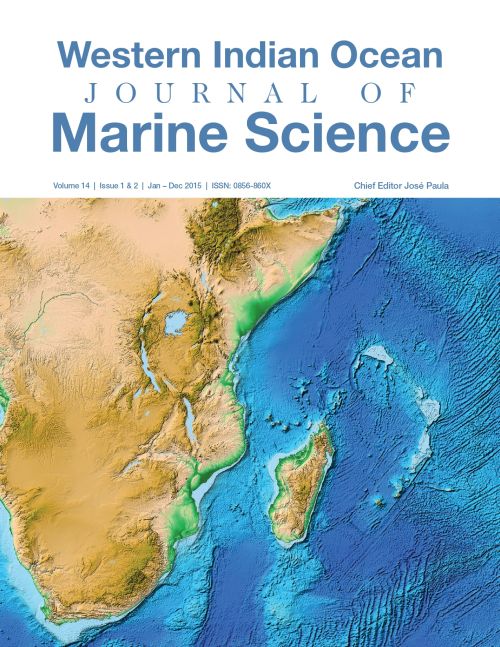Main Article Content
Gear-based species selectivity and potential interactions between artisanal and aquarium fisheries in coastal Kenya: implications for reef fisheries management
Abstract
Due to the multigear, multi-species and open-access nature of most coral reef fisheries in the Western Indian Ocean region, there is a high potential for resource competition and fishing related conflicts, especially in shared fishing grounds. An understanding of resource overlap and competition between different co-occurring fisheries is therefore important for the implementation of ecosystem based fisheries management interventions. In this study, we used multivariate and ecological approaches to evaluate gear competition and interactions between artisanal and aquarium fishers using a case study of the Shimoni area, southcoast of Kenya. Aquarium fisher catches were monitored from September 2010 to March 2013; while artisanal fisher catches were monitored from January to December 2014. Five artisanal gear types were observed to interact with the aquarium fishery. Non-target species valued by the aquarium trade constituted approximately 12% of the artisanal catches by weight and 10% by relative abundance, and was comprised of 18 fish families and 57 species. Handlines captured the highest number and diversity of non-target species while the lowest was observed for gillnets. The findings contribute towards better understanding of the dynamics of resource overlap between artisanal and aquarium fisheries on a local scale, and provide new insights on the cumulative sources of fishing pressure affecting reef fish populations in Kenya.




